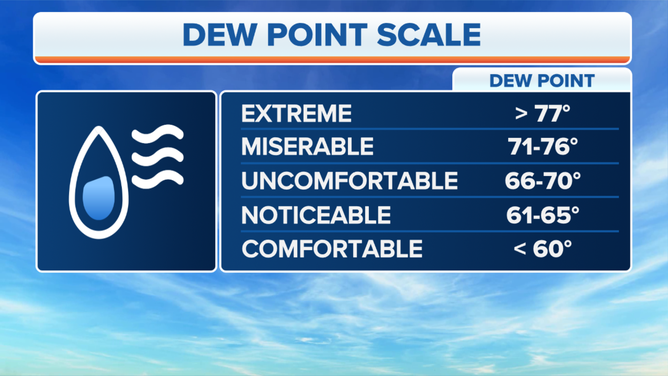'We're ready to go': Boeing says it has resolved Starliner issue partly caused by Florida humidity
Launch scheduled for May 19 at 6:54 p.m. ET from Cape Canaveral

Boeing's CST-100 Starliner arrives at the United Launch Alliance launch complex in Cape Canaveral, Fla. on May 4, 2022. (Image: ULA)
After its last attempt nine months ago, Boeing managers say they are ready to launch the CST-100 Starliner to the International Space Station and back.
Boeing attempted to repeat the Orbital Flight Test in August but discovered an issue with some valves in the vehicle sticking. The United Launch Alliance Atlas V and Starliner spacecraft were rolled back from the Cape Canaveral launchpad, and engineers began investigating the issue immediately.
Now Boeing is back and targeting May 19 at 6:54 p.m. ET to launch the spacecraft to the ISS, hopefully completing the final test before it can fly NASA astronauts under the Commercial Crew Program.
The issue with the valves was caused by oxidation, and Florida humidity was a contributing factor, NASA and Boeing managers said Tuesday.
FIRST EF-5 TORNADO STILL CHANGING LIVES IN GREENSBURG, KANSAS, 15 YEARS LATER
"We're ready to go," said Michelle Parker, Boeing's deputy general manager of space and launch.
Parker was the chief engineer during the period Boeing was troubleshooting the problem with the spacecraft and explained what happened after the August launch was called off.
According to Parker, fuel in the spacecraft, nitrogen tetroxide, combined with ambient moisture inside the aluminum housing of the valve, created nitric acid and caused corrosion.
"Those corrosion products then result in preventing the valve motion, which is a very, very small motion like 30 millimeters of motion, and just the presence of those corrosion products can hinder that progress," Parker said.
Moisture was the true thorn in the side as the combining factor leading to the corrosion. It's likely the moisture came from in the air. Florida's weather is known for its hot temperatures, allowing for higher dew points or moisture in the air.
NASA's head of human spaceflight operations, Kathy Lueders, said Florida's humidity and the rocket being out on the launchpad in July and August were partially to blame.

This table illustrates how muggy the air feels at various ranges of dew points.
(FOX Weather)
"If you've been in Florida in July, just imagine being outside. It's just the ambient humidity. I mean, that just shows, you know, this is the kind of an insidious thing because it's just you have a vehicle on the pad, right? And that's that ambient (moisture)."
Weather data from July 29 through Aug. 3 shows Cape Canaveral Space Force Station was experiencing high dew points in the mid to even upper 70s.
CLICK HERE TO GET THE FOX WEATHER UPDATE PODCAST
Boeing has sealed the connector to prevent any moisture from sneaking into the valve. After recreating the issue at the testing facility in White Sands, New Mexico and testing the fixed valves, Boeing managers are confident Florida humidity won't be an issue this time.
The launch known as OFT-2 is currently scheduled for May 19. A backup window is available at 6:07 p.m. ET on May 20.
The Starliner won't have humans onboard this time but will carry about 500 pounds of cargo up to the ISS and, when it comes back, will return 600 pounds of cargo to Earth.